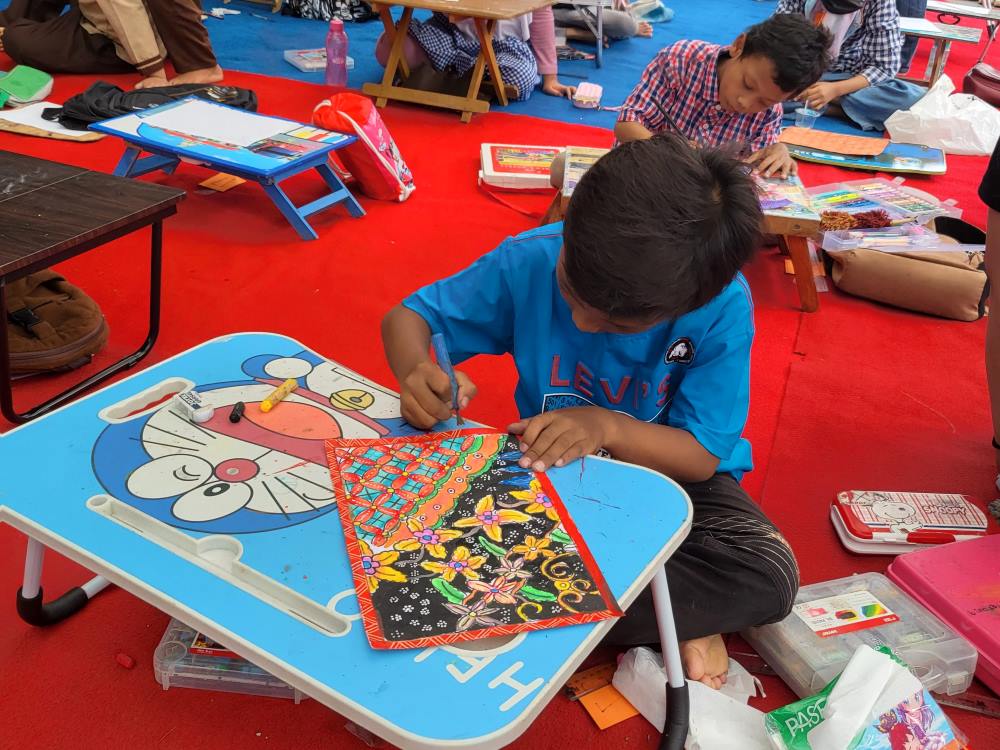Batik products hold significance for several community groups even though they are produced within a home-based industry. Moreover, several in-house workshops provide opportunities for the inclusion of female and young workers who possess the potential to participate in the further production of batik.
Despite the availability of opportunities for women and young workers, in fact, their participation remains limited due to income inequality factors. This income inequality is a result of the wage gap between female and young workers, who represent a minority in the batik industry, and their male workers who dominate the workforce for the batik industry.

Income inequality within the batik industry is shaped by market dynamics that demand a specific set of skills, capital resources, and personal artistic ability from each worker. Unfortunately, these criteria are still difficult for female workers to fulfill, resulting in fewer opportunities for women and young workers to engage in the batik production process.
It is important to introduce and enhance the involvement of women and young workers across the entire value chain of batik products. Focusing on change through improving skill sets, encouraging access to capital, and training on artistic capability will give the opportunity to help create income equality. Furthermore, this will raise the batik value chain, leading to an increase in the batik community economy.





